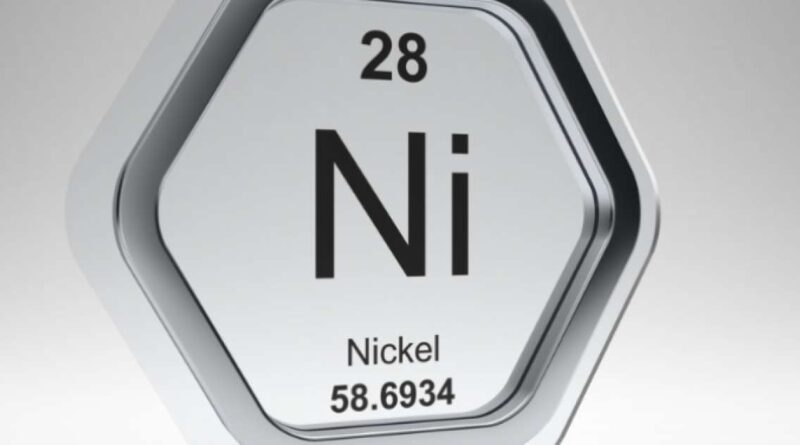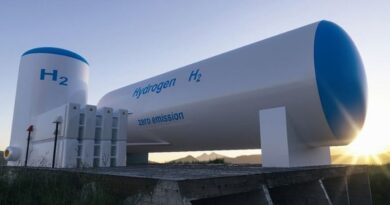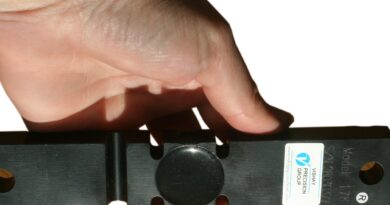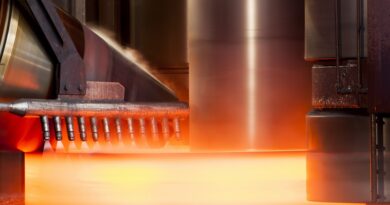The rise of Indonesian HPAL operations
Investment and know-how from China have accelerated high-pressure acid leach (HPAL) operations to extract nickel and cobalt in Indonesia. An announcement in October 2018 shook the nickel world with its audacity.
A 50Kt Ni/a high-pressure acid leach (HPAL) plant was to be built in Indonesia for US$700M and would be operating sometime in 2019. The proposed development was to be located in the Morowali Industrial Park and developed by a joint venture company QMB New Energy Materials held through Tsingshan, GEM, CATL and Hanwa.
The fact that Tsingshan was involved was what made the announcement so concerning for the nickel world. The company had a phenomenal track record of developing nickel pig iron (NPI) capacity at a low capital cost and rapidly – could it do the same with HPAL?
Rapid development of Indonesian HPAL – despite initial delays
While certain things conspired to delay QMB in its development, not least Covid-19, two new HPAL operations commenced production in Indonesia in 2021. And QMB is now operating, along with Indonesia’s two other recently commissioned HPAL plants, Huayue Nickel and Cobalt (HNC) and PT Halmahera Persada Lygend. The usual phases of development, namely feasibility, approval, construction and commissioning have taken place in record time.
This means that over 160 Kt of nickel-in-MHP (mixed hydroxide precipitate) capacity has been commissioned in Indonesia faster than ever before. So, yes, if not Tsingshan specifically, China could ‘do’ HPAL quicker and cheaper than the west.
The new generation of Indonesian HPAL operations are being constructed at well under the eyewatering capital cost budgets of the previous generation of plants such as Goro (US$5.9 billion) in New Caledonia, Ambatovy (US$5.7 billion) in Madagascar, Ramu (US$2.1 billion) in Papua New Guinea and Ravensthorpe ($US2.1 billion) in Australia. Capital costs for PT Halmahera on Obi Island, North Maluku , Huayue Nickel & Cobalt (HNC) and PT QMB New Materials, both located in Morowali, Central Sulawesi have all come in under US$1.5 billion for around 55 t/a Ni-in-MHP.
To put this into context, the average capital intensity for Indonesia has been around US$30-35,000 per annual tonne of nickel. This compares to an average of closer to US$100,000 per annual tonnes of nickel for the western-built plants. So why have the Indonesian plants succeeded where others have failed?
One of the key factors in accelerating these projects has been Chinese investment, but more importantly Chinese know-how. The new plant designs were based on knowledge obtained from the development and operation of the Metallurgical Corporation of China’s (MCC) Ramu operation in PNG. Although Ramu took six years to get to nameplate capacity, since then it has been operating at or above nameplate.
Investment and technology
The China ENFI Engineering Corporation (ENFI) is the key technical provider at PT Halmahera Lygend on Obi Island. ENFI, a subsidiary of the Metallurgical Corporation of China (MCC), has drawn on its experience from designing the Ramu plant and adopted a very similar flowsheet for the Obi Island facility.
Both Ramu (which was constructed in 2003) and Obi use three-stage preheating, autoclave, and three-stage flash technology, as well as a high-steam, high-leaching rate to achieve recoveries of around 85% Ni and Co in MHP.
The application of a tested and continuously improved flowsheet has allowed the Obi operation to ramp up to nameplate capacity in only 12 months. We are seeing a similarly impressive accelerated ramp-up at Huayue Nickel & Cobalt (HNC) at Morowali in Central Sulawesi.
In addition to adopting proven technology and flowsheets, the new Indonesian HPAL plants have benefitted from being constructed in well-established industrial parks. Both Huayue Nickel & Cobalt (HNC) and PT QMB New Energy Materials are located within the Morowali Industrial Park (IMIP), which started operating in 2015, producing nickel pig iron (NPI), and stainless steel.
Both HNC and QMB have been able to leverage off the existing infrastructure and labour availability, as well as from the established ore supply routes, which have been tried and proven for saprolite ore for NPI smelting.
Although much smaller scale, Lygend has benefitted from being constructed at a brownfield site with existing NPI production.
The addition of the HPAL processing of limonite ore in Indonesia was an obvious choice. The lower grade limonite ore needs to be removed after any overburden material to access the higher grade saprolite ore already used for smelting into NPI, and more recently nickel matte. The move to HPAL processing has also been supported by the Indonesian government as part of its desire to diversify into the battery sector.
Indonesia is looking to establish itself as a battery hub. It has already committed US$15 billion to setting up end-to-end value chain projects, with companies such as LG Energy Solutions and CATL. Proposed future limitations to the export of matte and MHP (and indeed NPI) are aimed at forcing more in-country development of these value-chain projects.




